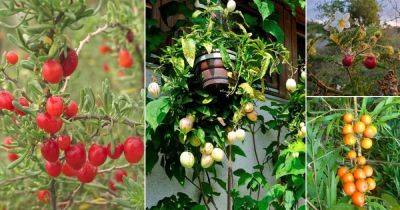Tomato plants are a staple in many gardens, but did you know that there are weeds out there that can easily be mistaken for them? From horse nettle to black nightshade, check out these Weeds that Look like Tomato Plants.
Weed of the Month: Smilax (Greenbrier)
24.07.2023 - 12:15 / hgic.clemson.edu
Smilax vines go by the common names greenbrier or catbrier due to the thorns covering their stems. There are 300 to 350 smilax species worldwide. Approximately twenty-four species are native to North America, with fifteen species growing in South Carolina. Smilax grows well in moist shade and is an important food source and habitat for wildlife, including birds, rabbits, and deer.
Early American settlers made a root beer from the pulp of the smilax root by mixing it with molasses, sassafras, and either fermented corn or rice. Sarsaparilla, the drink of old cowboy movie fame, is made from a smilax species native to the Caribbean.
Jackson vine, Smilax smallii, is the only species recommended for homeowners to use ornamentally in the landscape. The vines have thorns located at the base, are mostly evergreen or semi-evergreen, and can grow over 30 feet. Generally, plants produce small clusters of black, grape-like berries, but a few species have red berries. Jackson vine is adapted to drier and sunnier locations and is usually introduced into the landscape by songbirds.
Smilax vines are difficult to control due to the carbohydrate reserves stored in their large tuberous roots. Tuber removal is challenging when vines are growing among tree roots. Herbicides can be used to control the vines but require multiple applications. For more information, please see HGIC Factsheet 2328, Smilax.
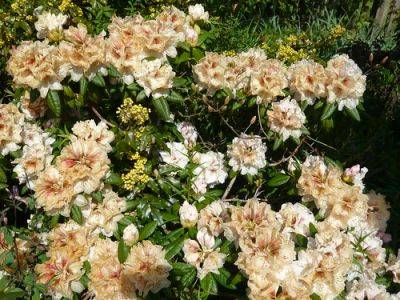
Rhododendrons and the Danger of Frost.
My Rhododendrons were in full bloom when a late frost caught them quite badly. Winter has been wet and mild but if the USA is anything to go by hard frosts may still be on the way so look after your early flowering Rhododendrons.
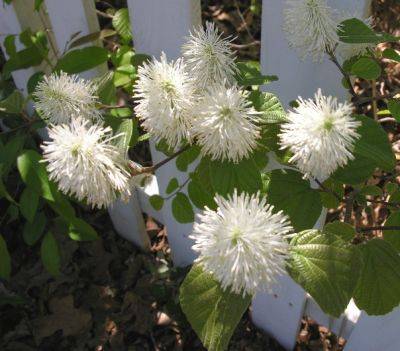
Fothergilla – The Best of the Natives
No other plant native to South Carolina has such fragrant and beautiful spring blooms and stunning fall color as the witch-alders. Fothergilla was named after Dr. John Fothergill, an English physician and gardener who funded the travels of John Bartram through the Carolinas in the 1700’s. These beautiful shrubs have been planted in both American and English gardens for over 200 years, including gardens of George Washington and Thomas Jefferson.
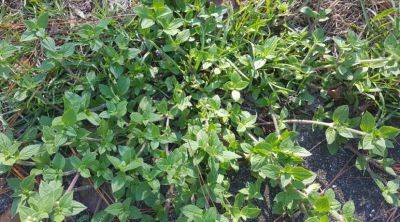
Weed of the Month – Florida Pusley
Florida pusley is a low-branching, annual summer weed. Its pretty, white, star-shaped flowers produce an abundance of seeds, and a single plant can quickly turn into an infestation. This weed is extremely drought tolerant and can easily out compete lawns that are not irrigated during extended dry weather conditions.
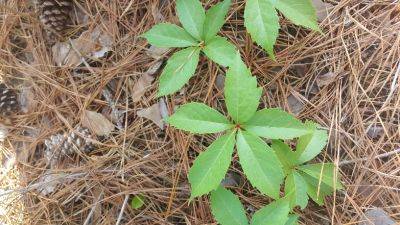
Weed of The Month – Virginia Creeper
Virginia creeper is a native North American, deciduous vine, which can easily climb 30 feet or higher. Its tendrils end in oval shaped disks that adhere to surfaces and can damage stucco, the mortar between bricks, and painted surfaces. This highly adaptable plant grows in full sun to full shade. Grown as a groundcover, it can provide erosion control on slopes. Virginia creeper is very drought tolerant and a vigorous grower. To control the spread of this somewhat aggressive vine, prune, mow, or weed whack in the spring.
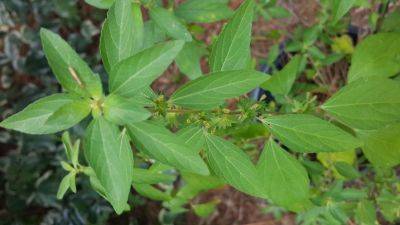
Weed of the Month – Virginia Copperleaf
Virginia copperleaf is a tall, branched summer annual that can grow three feet tall. It takes its name from the copper colored leaves of its late summer color. This weed is a North American native that is found from Maine to Georgia and as far west as Texas and north to South Dakota. It is a member of the spurge family and is poisonous, but it does not have the milky sap that is typical of other family members. The simple leaves are oppositely arranged on the stems when the plant is a young seedling, but they change to an alternate arrangement as the weed matures.
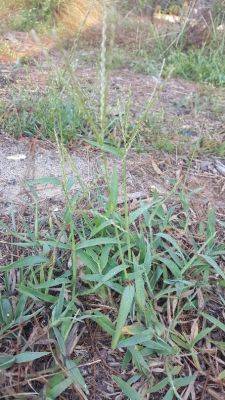
Weed of the Month: Crabgrass
It’s late summer and crabgrass weeds have invaded some lawns. Unfortunately, crabgrass is very difficult to control with most herbicides once it develops a few tillers or branches. There are several species of crabgrass (Digitaria spp.): tropical crabgrass, smooth crabgrass, India crabgrass, large crabgrass, Southern crabgrass, and blanket crabgrass. All of them are summer annuals that germinate primarily in spring, grow during the summer, set seeds, and then die with the first frost.
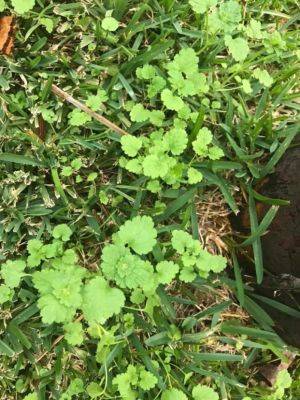
The Key to Winter Weed Control is to Start Early
It never fails that come March and April, the desire for many of our lawns to begin to breaking dormancy is met with the horror that the only things that seem to be green are the weeds that we have been ignoring throughout winter. This may include white clover, dandelions, chickweed, the painful lawn burweed, or so any other species. These weeds may be welcome to some homeowners as some serve as early pollen sources for pollinators, but they can also be a nuisance to others.
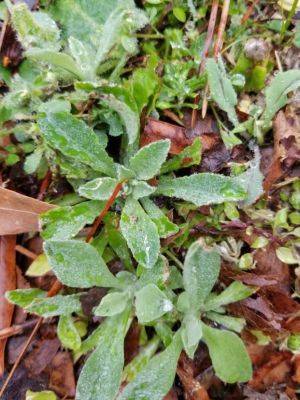
Weed of the Month – Cudweed
Cudweeds (Gamochaeta spp.) are herbs in the aster family that serve as host plants for American painted lady caterpillars. There are about fifty plus species, and all are native to the Americas. Most cudweeds are annuals and can be either winter or summer annuals. They flower in mid-spring to early summer or in early fall. Some cudweeds can be biennial, meaning that they will form a basal rosette that can survive the winter and flower in their second year.
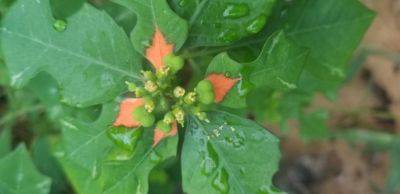
Weed of the Month – Wild Poinsettia / Desert Poinsettia
This North American native plant is a relative of the popular holiday poinsettia. Both plants are members of the euphorbia family. This plant is sometimes grown for the colorful green and orange bracts, but it is considered a weed.
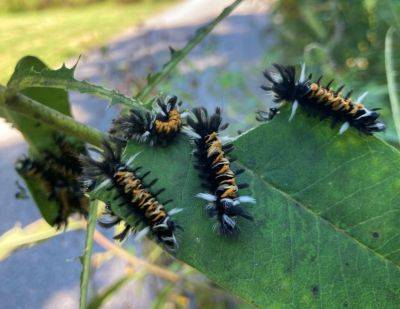
Milkweed Tussock Moth Caterpillars
Many of us enjoy searching for monarch caterpillars on milkweed in late summer and thinking about the next generation of beautiful monarch butterflies. Along the way, one may be surprised to encounter a lesser-known caterpillar getting its fill of milkweed alongside the monarch caterpillars. Milkweed tussock moth, Euchaetes egle, sometimes referred to as the milkweed tiger moth, specializes in milkweeds and dogbanes for larval food. One can find these cute (in my opinion) caterpillars munching away on common milkweed, Asclepias syriaca, at the South Carolina Botanical Garden.

Should I Water My Plants in the Winter?
It should go without saying that water is vital for plant survival. Plants use water for photosynthesis, transporting water-soluble nutrients, and maintaining turgidity. Turgidity is the water pressure against the inside of a plant’s cell walls that keep plants upright and supple. When a plant lacks water, decreased turgor pressure causes the plant to wilt. During the spring, summer, and fall, wilted leaves indicate a plant lacks water, and experienced gardeners know supplemental water is necessary to ‘perk it up.’ But during the winter, when many plants lose their leaves or wilting leaves are harder to recognize, how do gardeners know when to water?
